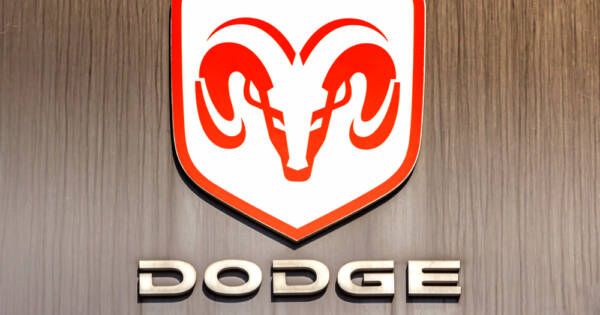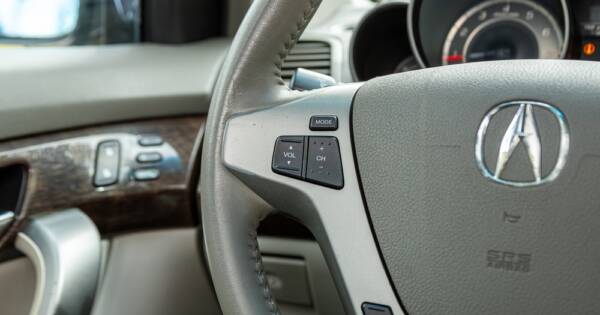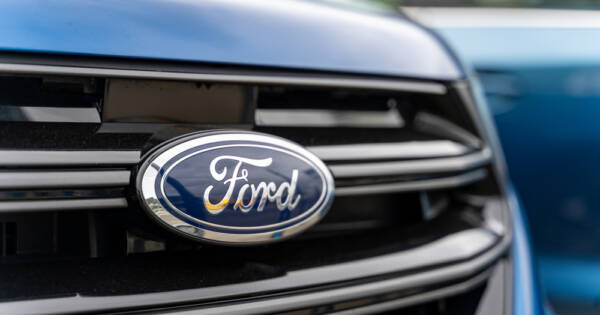Key Takeaways
- The new 2022 Formula One cars will have numerous changes and improvements.
- The overall goal of these changes is to promote closer racing and more overtake attempts.
- The changes are a result of thousands of test simulations, which produced an incredible amount of data.
Formula One is the pinnacle of motorsports racing in the eyes of most purists. It combines incredible driving skills with master tactical planning and cutting edge technology. It all comes together to produce some of the most incredible drama the sports world can offer. And at the center of every race is 20 separate F1 cars, meticulously designed and engineered to scream down the track at blistering speeds.
The latest official version of the Formula One car is known as the “Uniform” model. It’s the 21st different model in F1’s history and features some huge changes from previous versions. The design tweaks and upgrades are the result of over 7,500 engineering simulations, which generated roughly 10 terabytes worth of data. Altogether, the new Uniform F1 car is supposed to make the races more competitive for drivers. And more exciting for fans.
Why Make Changes to the F1 Car?
The stated goal of all these changes (which we’re going to discuss in detail shortly) boil down to a single goal: closer racing. While safety is always a top priority too, most of these changes are aimed to allow drivers to follow rivals closer and encourage more overtakes. The biggest impact is changing the way air flows around the cars.
Before 2022, F1 cars caused a lot of airflow disruption behind them. That meant that drivers drafting behind a rival would suffer an incredible loss of downforce. Without that downforce pushing the tires into the asphalt, the cars couldn’t maintain the speed needed to attempt dramatic passing maneuvers. Formula One’s own data showed that cars would lose 35% of their downforce when following at three car lengths and a whopping 47% loss at when closing to one car length.
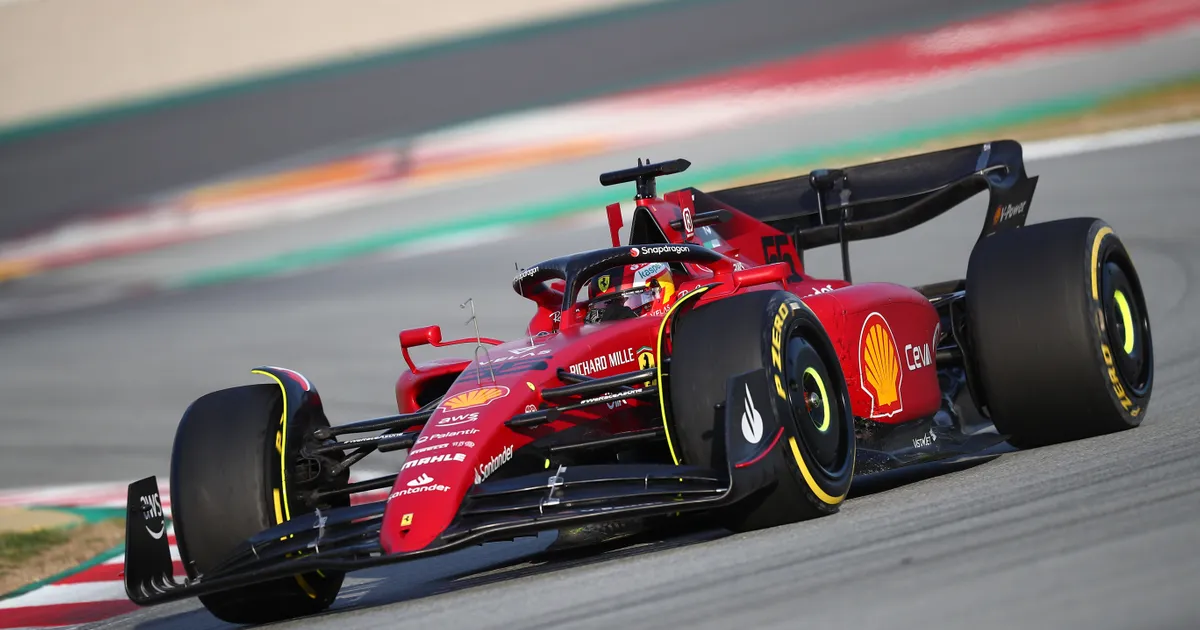 Shutterstock
ShutterstockWheel Covers and Winglets
Let’s start with the wheels. Not only are wheel covers making a return, but the new Uniform F1 car will also feature over-wheel winglets for the first time ever.
The covers were last seen in 2009. Although allowing air to flow through the wheels was a great way to increase downforce, it also heavily contributed to the “aerodynamic chaos” behind the car. Since the goal is to reduce that airflow wake, wheel covers are back in 2022. The over-wheel winglets help control the wake of air coming off the front tires. They will direct it away from the rear wing, resulting in less impact on the cars behind.
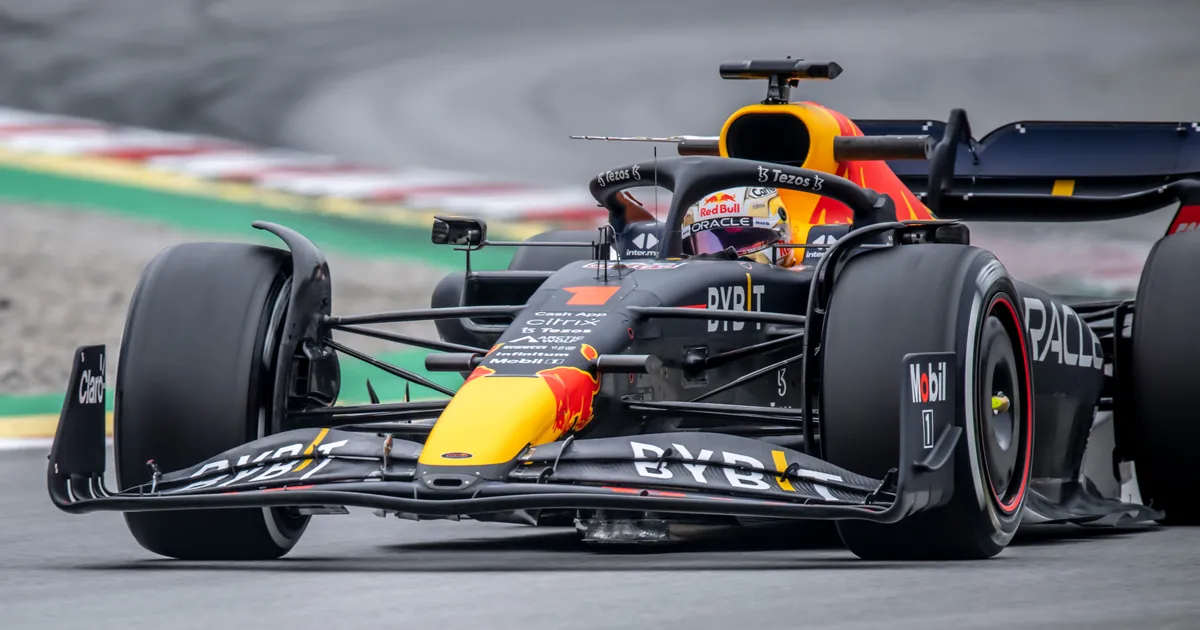 Shutterstock
ShutterstockNew 18 Inch Tires
Pirelli will be providing new 18-inch tires for F1 cars this season. The new size (along with a new compound) have been designed specifically to prevent overheating while sliding. This should help achieve the overall goal of closer racing, since tires will provide more grip.
As an added benefit, the lower profile of these new tires will work to reduce the aerodynamic wake. The former size was 13-inches, making it a significant change for drivers and teams to get used to. These new tire standards should also increase the overall party of F1, since teams won’t need to invest vast resources into simulating and researching tire airflow efficiency. This will help the teams who can’t spend as much as Mercedes, Ferrari, or Red Bull.
 Shutterstock
ShutterstockFront Wing and Nose Concept Redesign
The 2022 F1 car will feature a new front wing, which was completely redesigned. As we’ve driven home multiple times, the purpose of the new wing is to generate downforce while reducing the airflow wake behind the vehicle. The new front wing pushes air narrowly down the side of the car, rather than forcing it underneath or over the top.
Amazingly, the F1 Motorsports team briefly flirted with the idea of removing the front wing entirely for the 2022 car. However, they eventually decided on the new modified wing instead, which has been described as being “anti-outwash.”
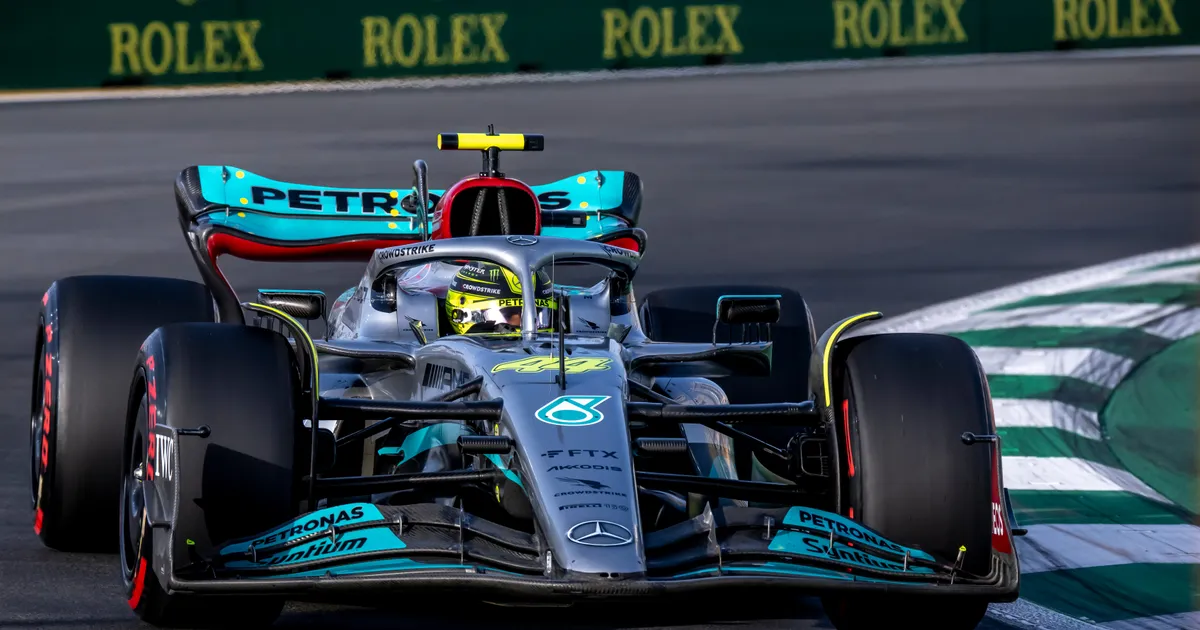 Shutterstock
ShutterstockRevised Rear Wing Design
What’s good for the front wing is good for the rear wing too. The elegant new rear wing features “rolled tips,” which are stylish but also serve an important function. The previous wings directed airflow both upwards and outwards. The air that went outwards left a lot of “dirty air” sitting on the track, which impaired the next car’s performance as it drove through.
The new 2022 wing creates a wake in a different shape. It sends the airflow into a rotation, by collecting the rear wheel wake and rolling into the same airflow exiting the diffuser. The result is an invisible mushroom-shaped wake. This mushroom wake is then thrown into the air, leaving more “clean” (aka less disrupted) air behind the car.
 Shutterstock
ShutterstockNew 3D Shaped Floor
Here’s a brief history lesson. In the 1970s, Formula One cars were basically designed like an upside-down airplane wing. If the shape could force giant metal vehicles into the air, then it could also force vehicles into the ground. The downforce improved acceleration, top speed, and handling — all important factors when it comes to winning races.
These “ground effect cars” were actually banned in 1982. However, new design tweaks are bringing them back. Well, kind of. This time, the change is actually on the floor of the car. The new 2022 design uses fully shaped 3D tunnels instead of the previous stepped floor one. The result is an incredible amount of downforce for the car, but with less of an impact on following cars.ty
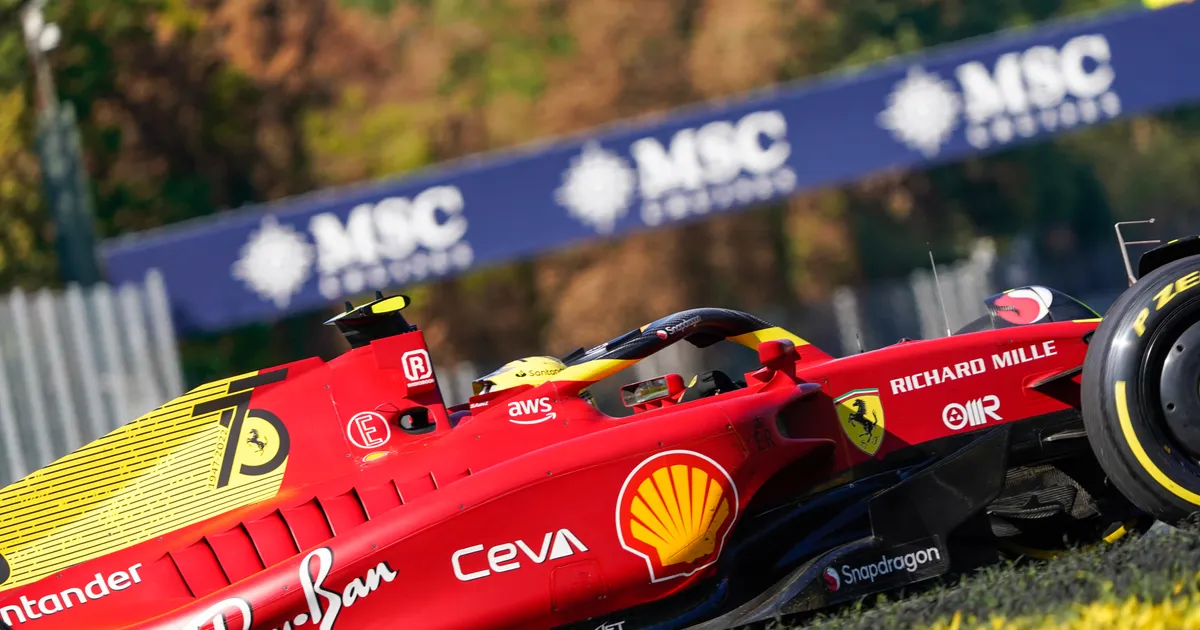 Getty Images
Getty ImagesThe Power Unit
Not everything is new for 2022. The power unit is actually staying exactly the same as the 2021 car. It’s a 1.6-liter turbo-hybrid engine, which was already one of the most powerful and efficient in all of auto racing. Between their amazing thermo-efficiency (ability to withstand intense heat) and how they can turn a small amount of fuel into a huge amount of power, there was no real need for F1 to change things.
However, there are some new regulations. The FIA introduced more standard components to the fuel system and required additional sensors to be installed. This should allow a more level playing field when it comes to competing teams. It will also allow the FIA to more closely monitor the performance of the engines, ensuring every team is playing fair.
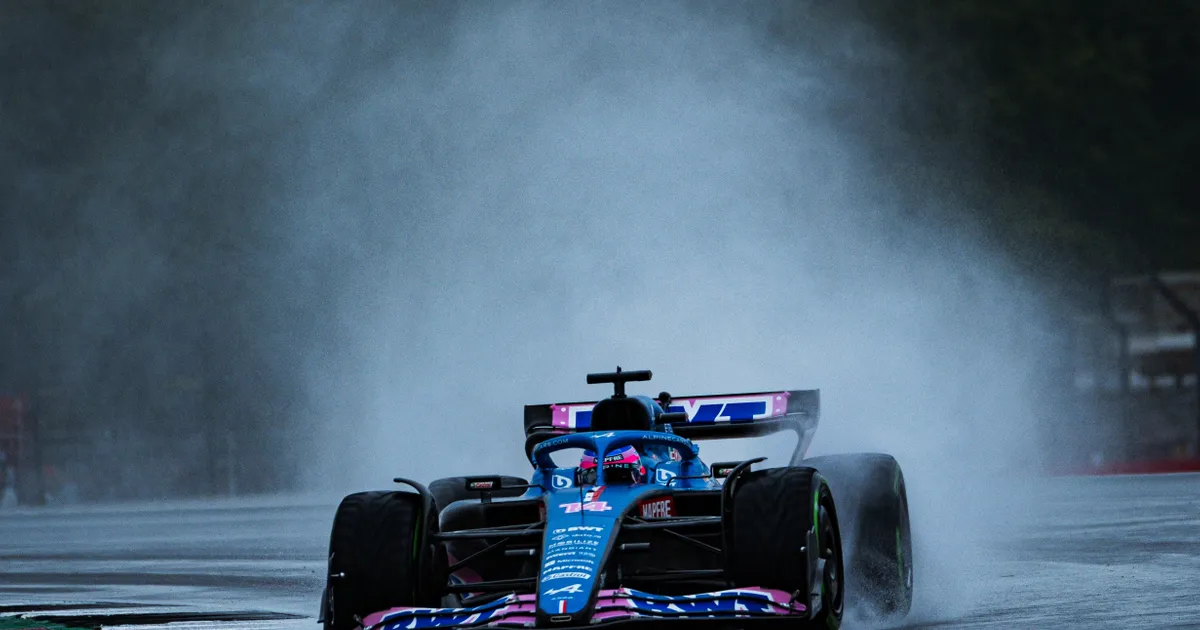 Shutterstock
ShutterstockNew E10 Biofuel
There’s really no way around this fact: Formula One racing is incredibly bad for the environment. The carbon footprint of 20 teams, totaling thousands of people, packing up and racing in a new country every few weeks is enormous. Not to mention the burning of high octane gasoline during the race weekend itself. It’s a fact that F1 is painfully aware of, and one they are trying to address.
In 2022, F1 cars are moving to a new E10 fuel. It’s a biofuel that contains at least 10% ethanol. That’s a decent step up from the previous fuel, which was only 5.75% ethanol. Formula One says they are committed to introducing a fully sustainable fuel type, which they are still working on. They are also working on neutralizing their carbon footprint in other ways, like retrofitting some race facilities to run on solar power.
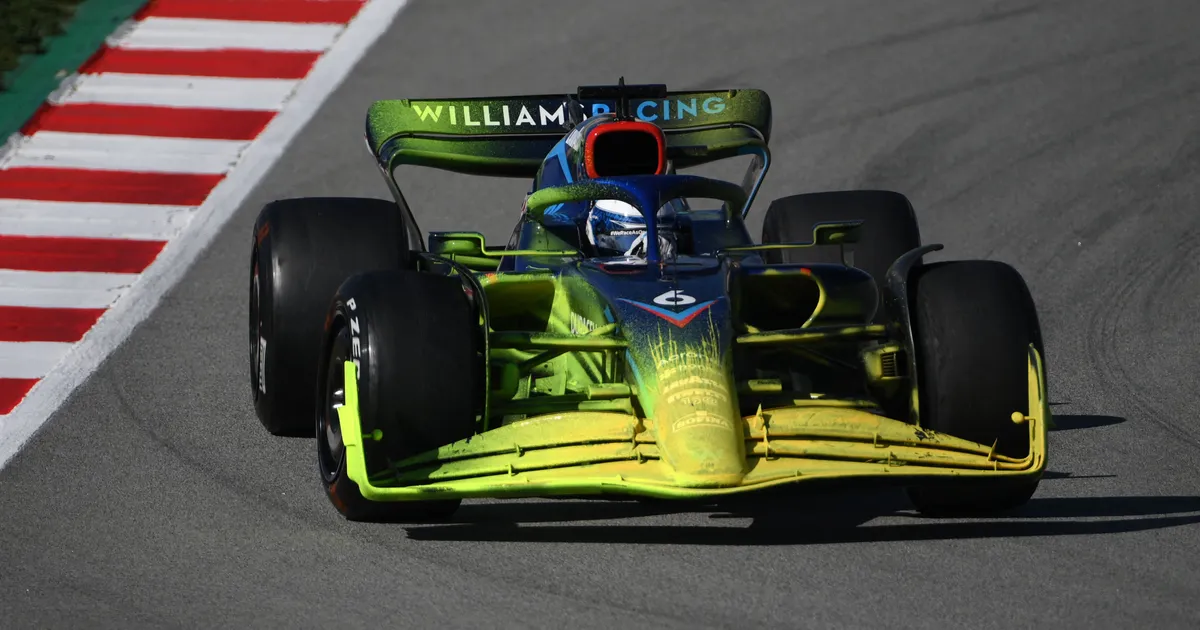 Getty Images
Getty ImagesNew Safety Standards
Any F1 driver will tell you how dangerous it is. At those speeds, one small mistake or vital mechanical error could be the difference between life or death. That said, the new F1 cars are safer than ever. There’s a reason most drivers walk away from even the most horrific crashes. While teams are constantly pushing for better performance, the goal of driver safety is never forgotten.
The new 2022 cars have a chassis that’s required to absorb 48% more energy from frontal impact tests, and 15% more from the rear. The new design also sees the power unit separate from the chassis in the event of a crash, without exposing the fuel tank. This should result in a lower chance of fire.
 Getty Images
Getty ImagesHeavier Cars
The result of these safety changes (plus the new tires) will impact the overall weight of the Uniform cars. The new minimum weight is 790 kg (1,741.7 pounds), which is about 5% more than the previous standard of 752 kgs (1,657.9 lbs). It may not seem like a lot, but this is a sport that measures success and failure in tenths of a second. So every extra pound of weight slows the cars down slightly.
The cars continue to get heavier over the years. Amazingly, the minimum weight from 1995 to 2008 was only 595 kg. Racing in F1 was much different back then, though, as cars could refuel during the race. Now they must start with enough fuel to finish the entire race, adding weight. Still, some drivers aren’t happy with the heavier cars. Lewis Hamilton says the lighter cars were more nimble, making for more accurate maneuvering and better racing.
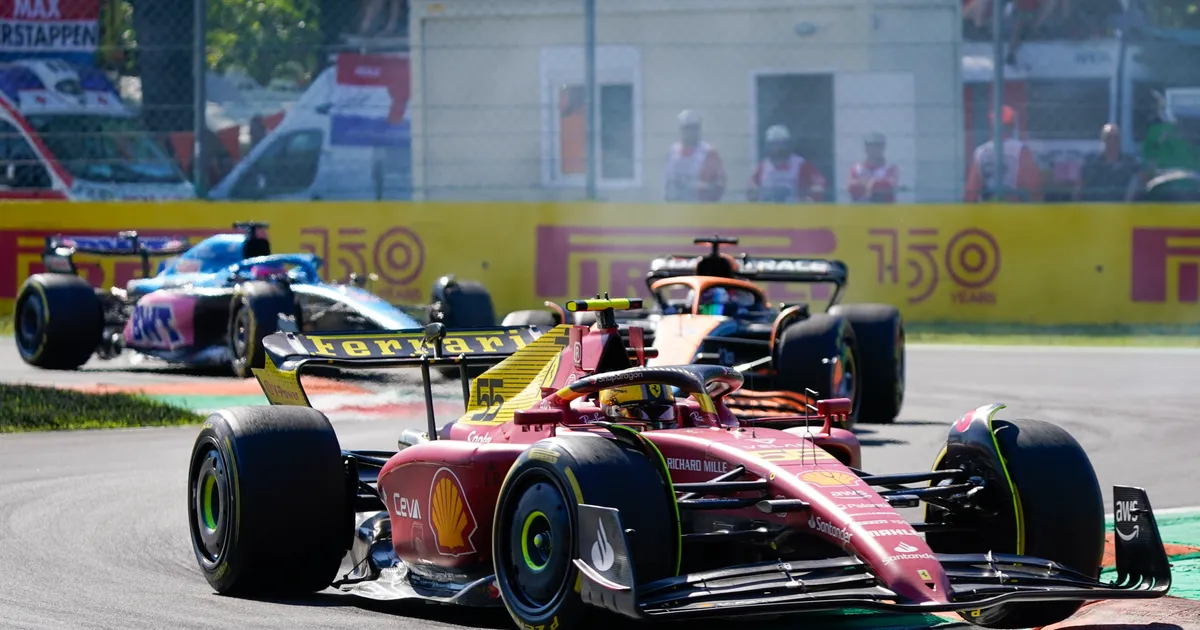 Getty Images
Getty ImagesThe Bottom Line
After watching Lewis Hamilton and Mercedes win six of the last seven World Drivers’ Championships, Formula One felt they needed to shake things up. Their testing determined that it was too easy for the pole position driver to coast to victory, as the air turbulence they created made it almost impossible for trailing cars to keep up or attempt an overtake.
The new Uniform F1 car was designed with increased parity in mind, as the FIA hopes it creates closer racing. However, we’re currently halfway through the 2022 season and Max Verstappen of Red Bull is basically running away with the championship. So mission not accomplished, maybe?
Still, this is only the first year of this new F1 car standard. As every team continues to tweak their setups, hopefully the sport improves as a whole. Formula One is at its very best when races are close, with drivers fighting for every position. If these new car changes do end up working to create more entertaining racing conditions, the fans will certainly love it.
 Getty Images
Getty Images

